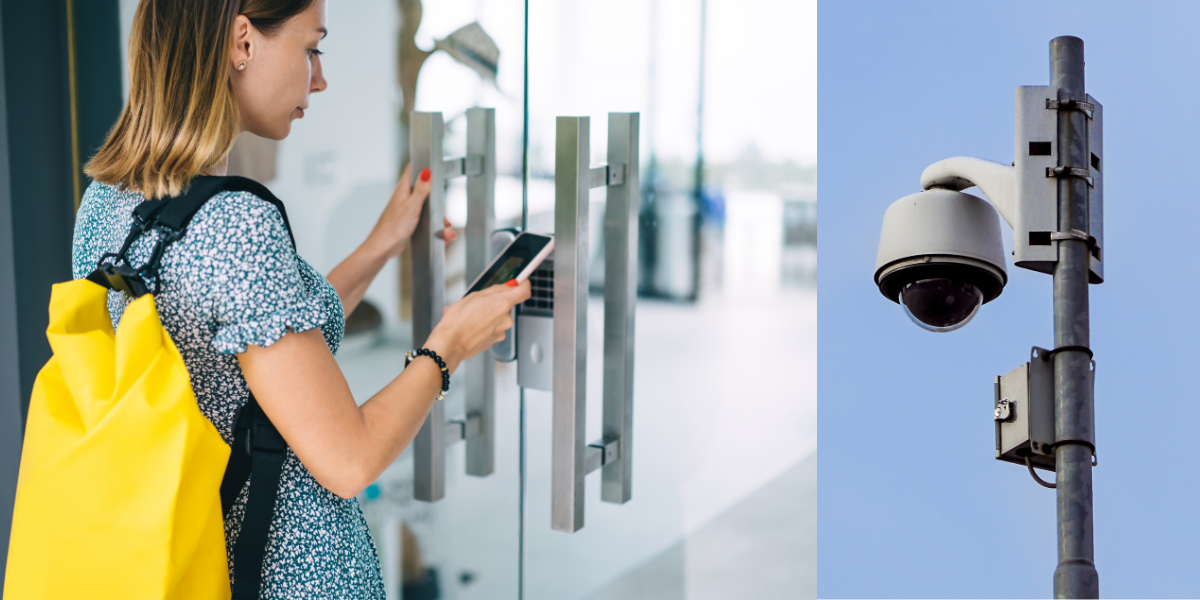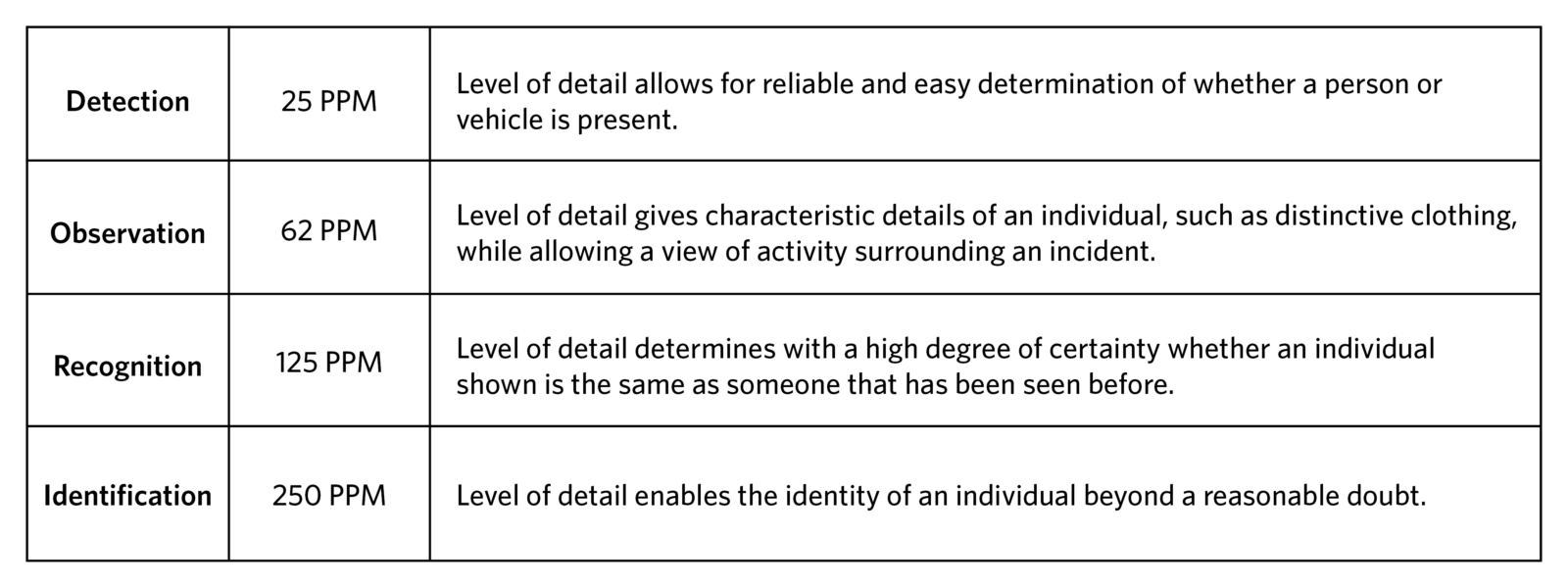Proper planning, a methodical approach, and documenting decisions all contribute to the successful design and implementation of physical security systems in buildings of all types, from educational facilities and research labs to commercial and mixed-use developments.
Before security design can take shape, a comprehensive programming session with the project’s stakeholders (which often includes the Owner’s Project Manager, Director of Security, IT manager, architect, and security design consultant) takes place. A key aspect of the programming session is to focus on the operational requirements of the security system and the building’s preliminary design. Building consensus in this programmatic session is critically important to ensure all stakeholders are heard and their questions and concerns are answered.
The security consultant will develop a programmatic design narrative that lists these operational requirements. This design narrative becomes the blueprint for the security system and is updated for each design phase as applicable. Often, the space programming will change, triggering a new set of operational requirements, which will then be incorporated into the security narrative. Well-documented programmatic requirements will ensure the right equipment selection, configuration, and implementation, including access control of sensitive or controlled spaces.
Standard Items in Security System Design
- Doors required to be controlled by the security system will have electrified locks that are integrated into the access control system. The security consultant will write up a sequence of operations that spells out the functionality of each door opening. This will inform the contractors to program the doors correctly and add proper card readers, request-to-exit devices, local alarms as needed, and integration between the access control system and video management system.
- Camera placement is critical to determine the vertical angle to areas being viewed. In an ideal scenario, cameras would be placed at eye level for facial recognition. Since that is not realistic, the camera angle should be less than 45 degrees for the best viewing angle.
- To specify the right network megapixel camera for whatever application, you need to consider the level of detail in “pixels per meter” (PPM) a camera will need to provide to obtain DORI.
- The DORI standard is based on the IEC EN62676-4 international standard, which defines levels of detail for Detection, Observation, Recognition, and Identification, as outlined in the table below.
The DORI Standard levels
- While the design advances and floor plans, riser diagrams, and specifications are developed, preliminary bid documents may be priced by a security contractor. These estimates are then reviewed by the design team to ensure the infrastructure and security products in the drawings and specifications are captured in the bid.
- Once the floor plans are nearly completed by the architect, final coordination between the members of the design team occurs. For example, confirming security cameras are not blocked by pendant light fixtures or exit signs is but one example of coordinating the lighting design. Coordinating power requirements with the electrical engineer will ensure ample power is provided for the access control panels. Coordinating with the telecommunications ICT designer is key. Often, they will provide all the network cabling on a project, even for security cameras that are network-based. Lack of coordination with any of these items may result in project delays and additional costs.
- Once cameras are located on the floor plans, specifying the amount of video storage can be done. Most video management system websites offer storage calculation tools. Values necessary to size the amount of storage are the video resolution of the camera, the percent of scene complexity, the percent of motion activity, the number of days of storage, the compression technology (either H.264 or H.265), and the number of frames per second. H.264, also known as AVC (Advanced Video Coding), and H.265, also known as HEVC (High-Efficiency Video Coding), are both video compression standards. The main difference between them is efficiency. H.265 offers better compression, meaning it can compress video files more effectively than H.264, resulting in smaller file sizes for the same level of quality. This makes H.265 ideal for high-resolution video formats like 4K and 8K.
- Two more concepts to consider when specifying a security camera are the field of view (FOV) and the depth of field (DOF). A wider FOV means the camera can capture more of the scene, making it suitable for capturing parking lots, airports, campuses, or any wide-angle shots. A narrower FOV focuses on a smaller portion of the scene, suitable for interior offices, lobbies, retail, corridors, and the like. Depth of Field (DOF) refers to the range of distance within a scene that appears acceptably sharp in an image. A shallow DOF results in a narrow range of sharp focus, with objects in the foreground or background appearing blurred. A deep DOF means that a larger portion of the scene, from foreground to background, appears sharp and in focus. A camera with a high digital zoom, such as 32X, will accommodate the details for a deep DOF.
When the design and specifications are completed, bid documents, including floor plans, schedules, installation details, and riser diagrams, are issued to contractors. After the project is awarded, the contractor is responsible for submitting documentation to prove they are trained and certified to install and configure the security system. Product data sheets of the specified products are submitted to the design team by the contractors to ensure the correct products are installed.
A Managed Service Plan (MSP) can be the right investment and a valuable operations expense for the Owner. When Owners partner with the right security contractor, a MSP will help keep their security system running smoothly and their facility safe. The right MSP provider will ensure the security system is cyber-safe and has all the latest firmware updates.
While there are no one-size-fits-all designs for security systems, we trust this information will provide a good starting point in understanding the planning and design process and the many components that must be considered. If you have any questions or would like to discuss physical security systems for your next project, please let us know.

